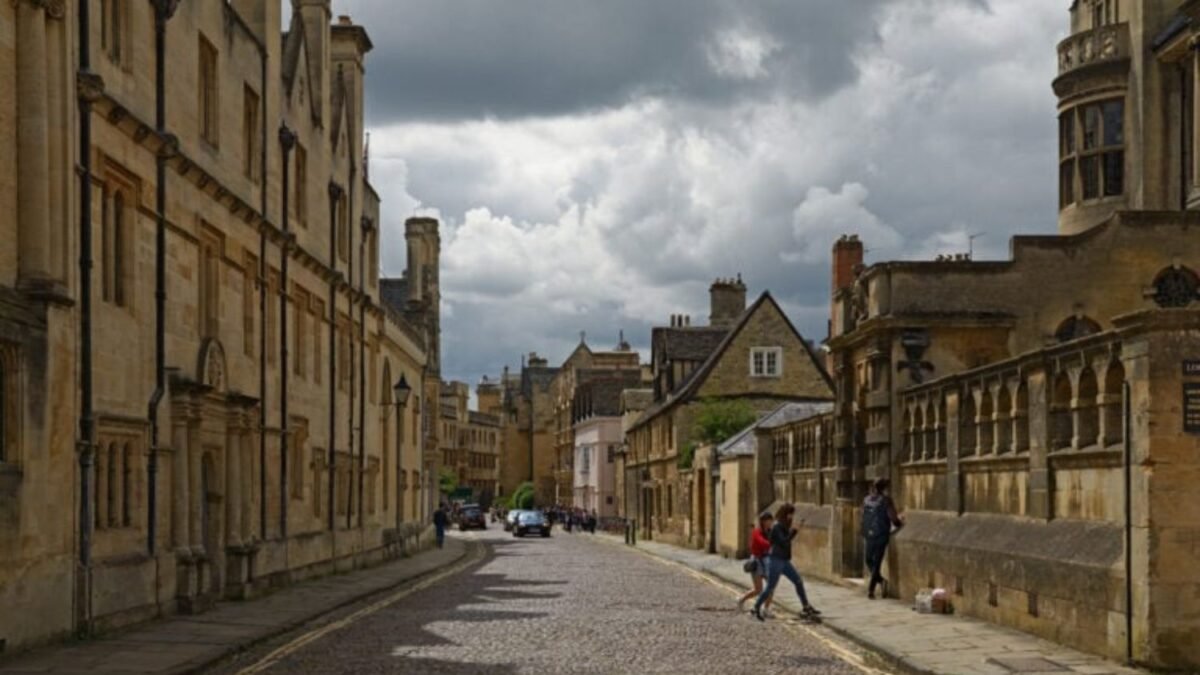Today’s College Students Party Hard, But in Medieval England They Became Murderers!

When you think of the medieval era, what comes to mind? If violence is the first thing that pops into your head, you’re not entirely off the mark (I’d also throw in “smells”). Researchers from the US and UK recently delved into the topic of medieval violence by mapping out “murder maps” in London, Oxford, and York, where a total of 355 murders took place between 1296 and 1398. By studying historical judicial investigations into these strange deaths, they were able to uncover details about urban violence that occurred 600 to 700 years ago, revealing some surprising facts – such as the rowdiness of university students back in the day.
Armed Students, and Murderers
According to a paper published in the Criminal Law Forum this summer, the homicides were concentrated in key urban areas like markets, fairs, and squares, with Sundays being the worst day for violence, especially around dusk. Mornings were filled with church services, sports activities, and unfortunately, fights and drunkenness. Interestingly, patterns of violence differed across the three cities studied. For instance, Oxford had a much higher homicide rate compared to London and York, partly due to the luxurious environment attracting troublemakers.
University students between the ages of 14 and 21 flocked to medieval universities, armed and steeped in a culture of honor and loyalty. These students banded together based on their regional origins, often leading to conflicts between northerners and southerners on the streets. What made matters worse was the fact that students were often exempt from common law, allowing them to get away with murder. In Oxford, homicides were frequently linked to clashes between students and townspeople, with many occurring near or within university grounds.
The More Public, the Better
In London, the highest number of homicides in the Middle Ages were concentrated in Westcheap, the city’s commercial and ceremonial hub, as well as Thames Street by the river. Guild rivalries, professional disputes, and public revenge attacks were common in Westcheap, while violence in Thames Street often stemmed from conflicts between sailors and merchants.
York also saw a significant amount of homicides near one of the city’s main entrances, a bustling hotspot for commercial, civic, and social activities. Streets like Stonegate, part of the ceremonial route, were also hotspots for violence. Surprisingly, these affluent areas provided fertile ground for competition, revenge, and the public flaunting of honor.
Overall, the researchers noted that homicides in all three cities tended to occur in highly visible and symbolically significant spaces. Public spectacles often served to reinforce a person’s reputation, potentially offering a motive for murder. Interestingly, there were fewer murder investigations in poorer and marginalized neighborhoods, suggesting a lack of urgency in addressing deaths among the less privileged.
Ultimately, the study raises broader questions about the long-term reduction of homicide rates, hinting at the role that changes in urban governance and spatial organization may have played in curbing violence over time.






